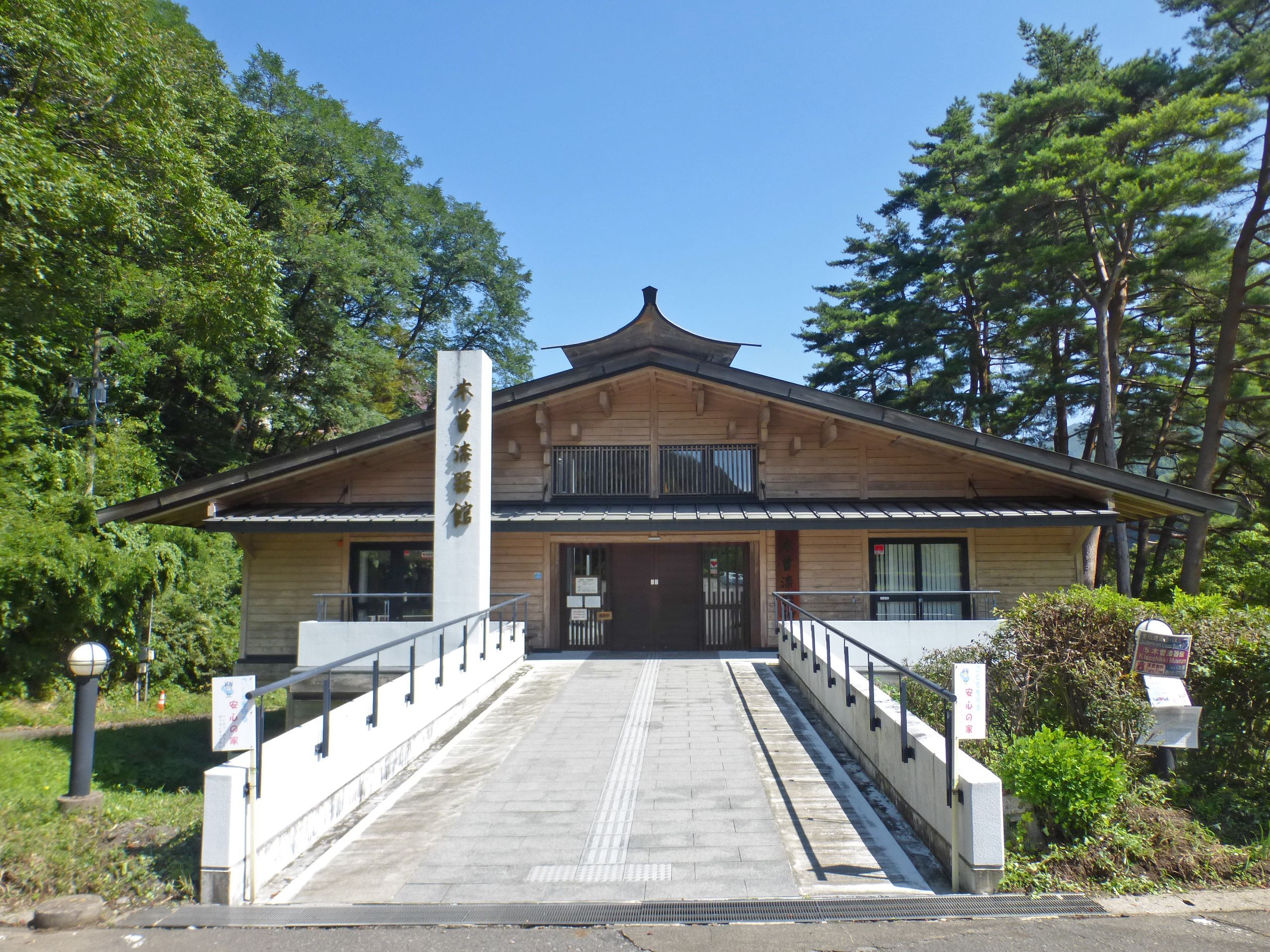平沢 Hirasawa Area
Area Overview
Kiso Hirasawa is a town of lacquerware craftsmen. In July 2006, Kiso Hirasawa was selected as an Important Preservation District for Groups of Traditional Buildings, and in 1998, the gold, silver, and bronze medals for the Nagano Olympics were made of lacquerware from this area.
Area Movie
Area Map
Shop Information
スクロールできます
| Genre | Shop Name | Comment | Photo | Movie |
|---|---|---|---|---|
| Shop (Lacquerware, wood products) | Chikiriya Tezukamanbee ちきりや手塚万衛門 | ■ | ||
| Kiso Kurashinokogekan 木曽くらしの工芸館 | They sell a variety of works by local lacquerware artisans, as well as local foods and alcohol. |  | ■ | |
| Hamadaya Shikkiten 浜田屋漆器店 | The nationally certified traditional craftsman for gold-inlaid lacquerware uses powdered gold in etched grooves. |  | ||
| Harunoya 春野屋漆器工房 | This is one of the traditional lacquerware shops in the Narai area. You can also watch lacquerware’s hand-crafted production in the atelier behind the shop. |  | ||
| Ito Kanji Shoten 伊藤寛司商店 | Products are crafted individually using an original method called Dark Red Painting, and rare indigenous lacquer has been used. | ■ | ||
| Ito Mataemon Syouten 伊藤又右衛門商店 | At this studio of artisans who create Urushi lacquerware like chopsticks, they only sell the wares they produce. |  | ||
| Kadoya Shikkiten かどや漆器店 | It has provided Urushi Lacquer products mainly as traditional portable shrine tools and float wheels for more than 50 years. |  | ||
| Kashiwaya Tsunezaemon Shoten 柏屋常左衛門商店 | They were founded in the Meiji era to the current 6th generation to produce wooden wares—weekend discount. |  | ||
| Kurumaya 車屋 | This studio produces wooden parts and tools for industry and cooking by customer’s requests. | |||
| Marumata Shikkiten まる又漆器店 | He has sold all handmade Urushi lacquerware and stationary artworks for 70 years. He invented the 1998 Winter Olympic medals. |  | ■ | |
| Maruyoshi Kosaka Wood & Urushi Works 丸嘉小坂漆器店 | This shop uses the original Urushi technique on glass to develop various tableware. |  | ||
| Motoyama Shikkiten 本山漆器店 | They specialize in Urushi ware and tea ceremony utensils. |  | ||
| Shirokiya 白木屋 | This urushi factory was founded in the Edo era to the present 7th generation, certified National traditional craftsman. |  | ||
| Shitsugei Suyamasadaichi 漆芸 巣山定一 | Mr. Suyama has been working in the lacquer industry for about 50 years, pursuing his own passion. |  | ■ | |
| Suyama Shoubei Syouten 巣山庄兵衛商店 | This shop has a 300-year history of wooden furniture by Urushi lacquer to produce tables, shelves, and family Buddhist altars. |  | ||
| Urushikobo Ishimotogyokusui うるし工房 石本玉水 | The workshop and gallery are worth visiting. Chinkin (gold-inlaid lacquerware) experience is available. |  | ■ | |
| Yamaka Ogimura Shikkiten 山加荻村漆器店 | This Urushi shop presents modern and stylish interiors and wares in jazz music. |  | ■ | |
| Yamasa Ishimoto Shikkiten 山サ石本漆器店 | This shop sells lacquerware and gold leaf products with innovative colors that are popular with foreign customers. |  | ||
| Restaurant (Japanese) | Teishaba(Soba) ていしゃば(そば) |  | ■ | |
| Café, Tea House | Hibi Besso 日々別荘 | This 90-year-old western house is a lodging house with a cafe open in the daytime. |  | |
| Liquor Shop, Supermarket | Kiso Kurashinokogekan 木曽くらしの工芸館 | They sell a variety of works by local lacquerware artisans, as well as local foods and alcohol. |  | ■ |
| Accommodation (Japanese Inn) | Hibi Besso 日々別荘 | This 90-year-old western house is a lodging house with a cafe open in the daytime. |  | |
| Tourist Information Centers, Archives and Museums | Kiso Shikkikan 木曽漆器館 |  | ■ |